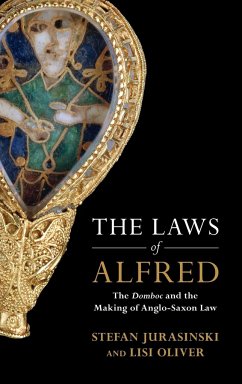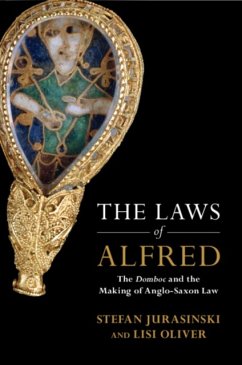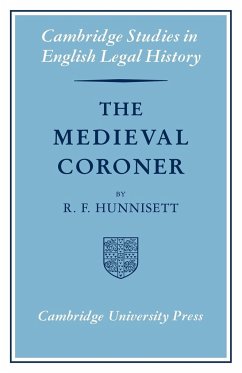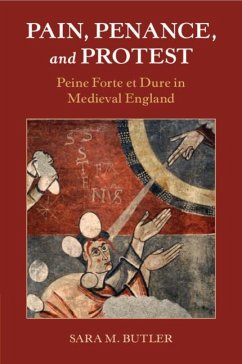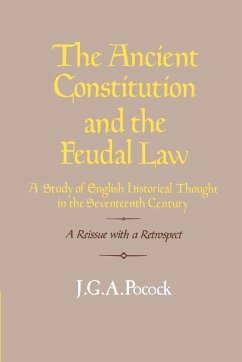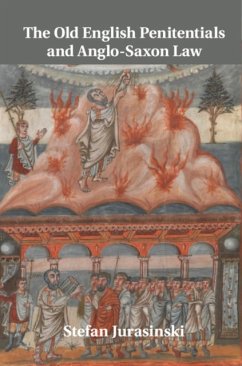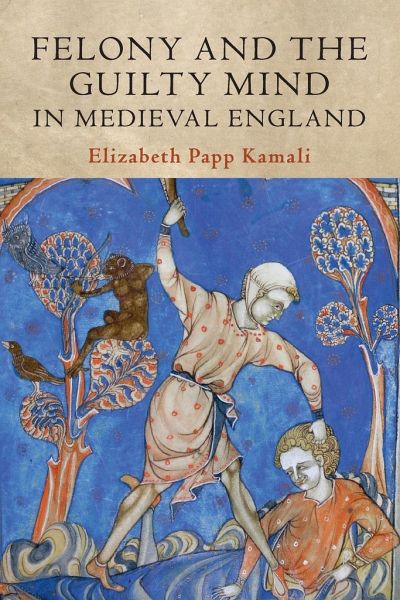
Felony and the Guilty Mind in Medieval England
Versandkostenfrei!
Versandfertig in 1-2 Wochen
47,99 €
inkl. MwSt.

PAYBACK Punkte
24 °P sammeln!
Drawing on a wide array of sources, including plea rolls, guides for confessors, and popular literature of the era, this book argues that issues of mind were central to jurors' determinations of whether a particular defendant should be convicted, pardoned, or acquitted outright in thirteenth- and fourteenth-century England.





